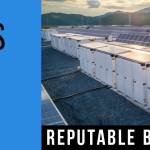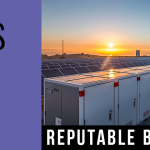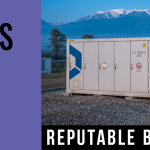
The importance of energy storage in providing back-up grid power was demonstrated during an extensive blackout in the U.K. this month when 100 MW of battery capacity kicked in within 0.1 seconds to help keep the lights on.
The battery capacity, operated by flexible power infrastructure business Statera, provided “100% of our performance to mitigate the effects” of the power outage, managing director Tom Vernon told pv magazine.
Despite the tip-top performance of Statera’s utility scale battery capacity, however, Vernon said the ambition of a carbon-neutral U.K. by 2050 will prove impossible without extensive deployment of flexible gas back-up generation facilities.
When a lightning strike was followed by two power stations tripping to take down an extensive portion of the U.K. grid in London and the South East of England for 15 minutes on August 9, “it brought into focus the need for resilience in the grid”, said Vernon.
Flexible gas
In addition to Statera’s storage capacity, the company’s flexible gas peaking plant came online rapidly, to help ease a blackout that affected as much as 10-15% of the national grid and left passengers stuck on trains for nine hours and critical infrastructure including hospitals suffering outages.
“We had a flexible gas project which we understand prevented around 100,000 homes in the area of Hull experiencing a blackout,” said Vernon, referring to the city in the northeast of England. “It’s a high efficiency gas generating unit that only comes on for a limited number of hours each year, but when they are used they are critical.”
Vernon told pv magazine battery storage alone will not be enough to guarantee security of supply as the penetration of renewables rises in the energy mix.
“Renewables are going to be leading the charge and batteries will balance the grid,” said the Statera MD. “But it won’t be possible to balance the grid without flexible gas back-up. Even if you oversize the amount of [renewables] generation you need considerably, you would still need a battery so huge it would be unfeasible. You can’t account for the days when, in the middle of winter, the wind doesn’t blow for a week. A battery that is load shifting for a month at a time is only doing three to four cycles per year so it would have to be unfeasibly large and very cheap, and we are a long, long way from that.”





